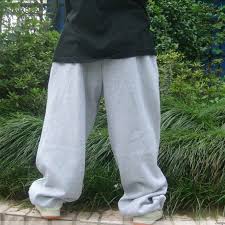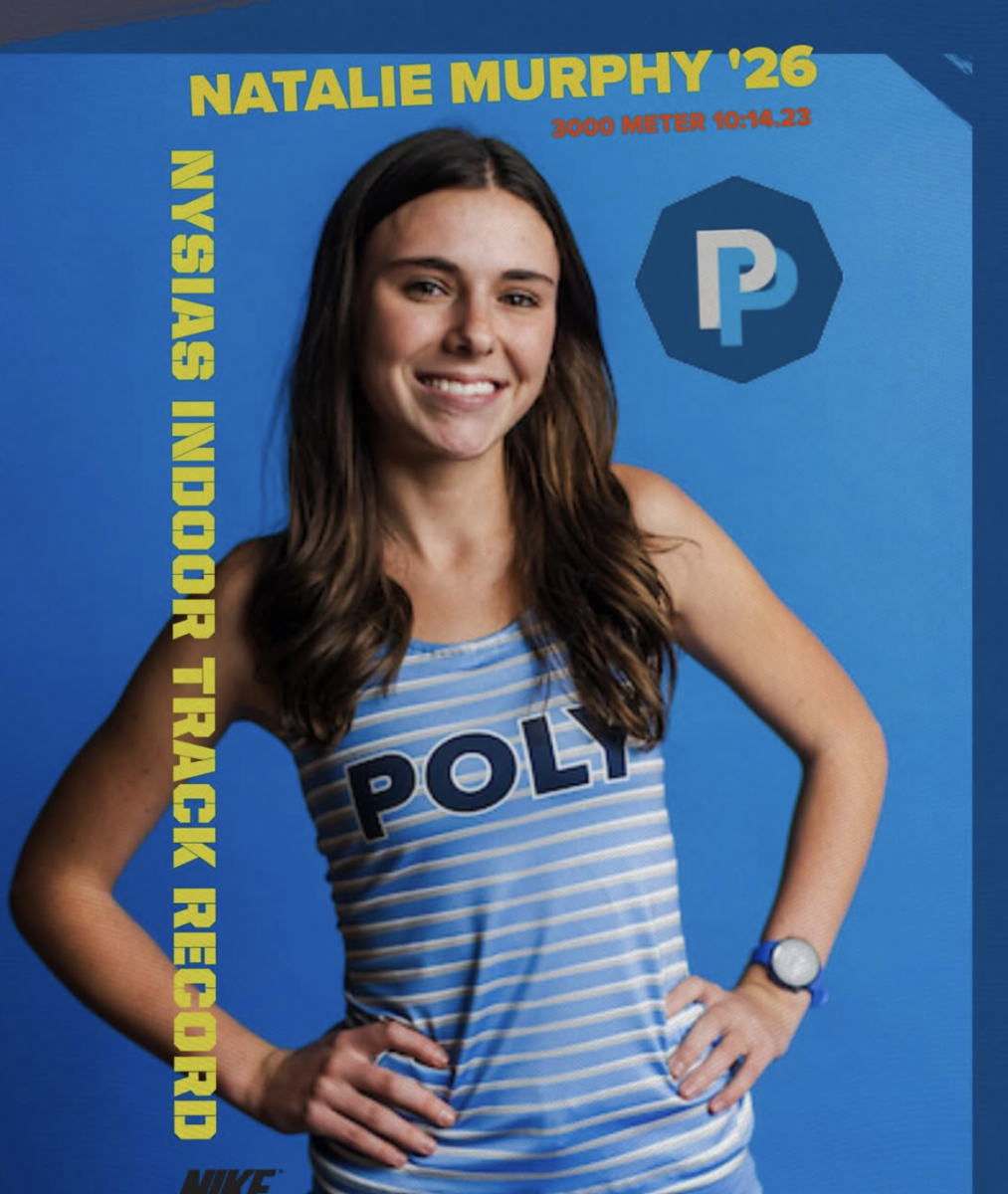Athletics With Eli: All Love for Damar Hamlin
A Discussion Surrounding the NFL and Player Safety
February 17, 2023
Damar Hamlin, a safety for the Bills, collapsed after a hit during Buffalo’s week 17 matchup aga2inst the Cincinnati Bengals in early January. Hamlin was down for an extended period of time, leaving the 65,000 fans in attendance and millions more across the nation viewing on ESPN to fear the worst. Hamlin went into cardiac arrest and was immediately treated by both the Bills and Bengals medical staff, who administered CPR and applied a defibrillator to shock his heart back into rhythm. He was rushed to the University of Cincinnati Medical Complex and was only released January 11 after being in the ICU for nine days. The event raises serious questions and concerns, chiefly regarding where the NFL and its commissioner, Roger Goodell, stand on player safety,and if they truly hold it as close to their hearts as they say they do.
Since its inception, the NFL has innovated and evolved exponentially regarding player safety. An obvious, but notable example is the change in headwear over the decades. According to NFl.com’s operations page, which has records of every notable change regarding equipment and rule changes both in recent history and over time, In 1920, the term “player safety” would have been considered laughable. In the early days of the NFL, protective gear consisted of…nothing. When football was first being played professionally, players and coaches disregarded concerns about brain damage and permanent physical injury due to the violence of the sport.
Eventually, some form of headwear was introduced, and initially, wearing the protective leather shell was optional. Accoridng to rebuttable NFL equipment manufacturer greengridiron, It was not until the 1940s when a Chicago-based company, Ridell—which now manufactures over 50 percent of the NFL’s helmets and other equipment—introduced the first plastic helmet. While it was a step up from the previous protection, these plastic helmets did little to negate permanent brain damage or physical harm. The facemask was made up of a singular bar covering the players’ mouth while the rest of the face was exposed. Although the history of the evolution of helmets is fascinating, the real issue of player safety is much more than a simple headwear upgrade.
The discussion surrounding player safety has been a talking point recently due to multiple incidents this year in which players have felt a lack of representation and compassion. One of the main issues being discussed is the use of turf fields, and how different types of turf contribute to non-contact injuries. The main issue the NFLPA (National Football League Players Association) aims to tackle is the use of SlitFilm turf: a new kind of turf being installed in six stadiums throughout the league. Unlike a typical grass surface, this new turf restricts players from moving naturally. The way the turf is designed has shown that cleats can get stuck between the artificial blades of grass, creating more friction, thus not allowing the necessary range of motion to juke, run, or avoid injury (via NBC Sports).
Discussion is still ongoing throughout the NFL, and Eagles tackle Lane Johnson, an NFLPA board member, is leading the charge. Johnson and many other athletes have experienced a possible career-ending leg injury. However, in Philadelphia’s home venue, Lincoln Financial Field, they utilize natural grass. During a regular season matchup against Green Bay, Johnson was able to swiftly remove his leg from underneath a defender, effectively negating any risk of injury.
Although artificial grass surfaces have become increasingly popular for use in high schools and professional sports alike, there needs to be a deeper understanding of how the material affects gameplay and if it really is worth modernizing playing surfaces at the expense of athlete safety.

























